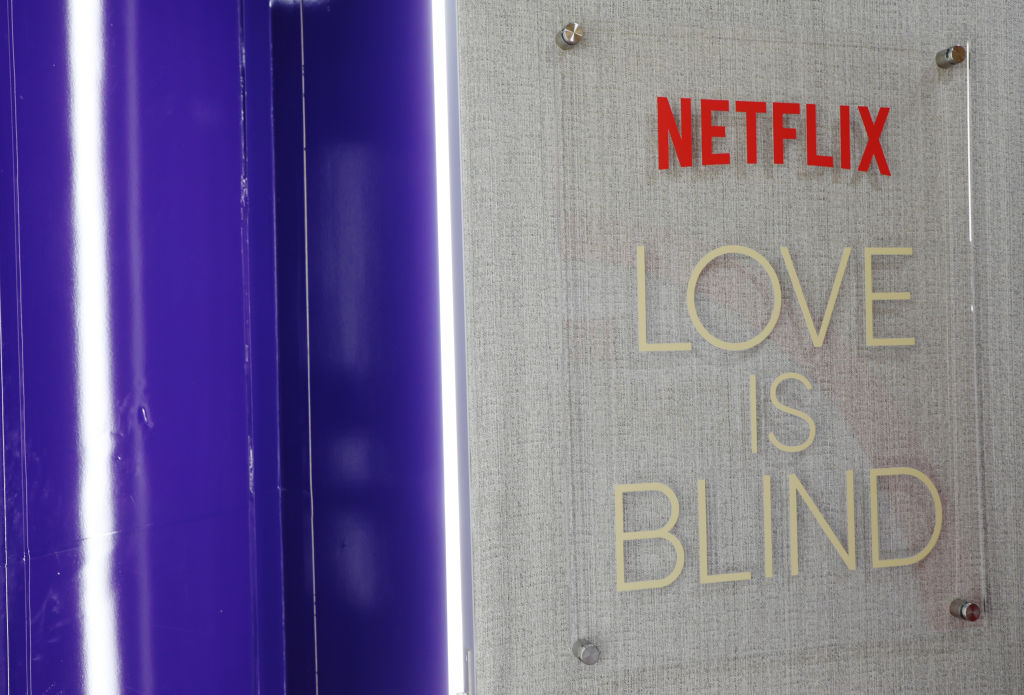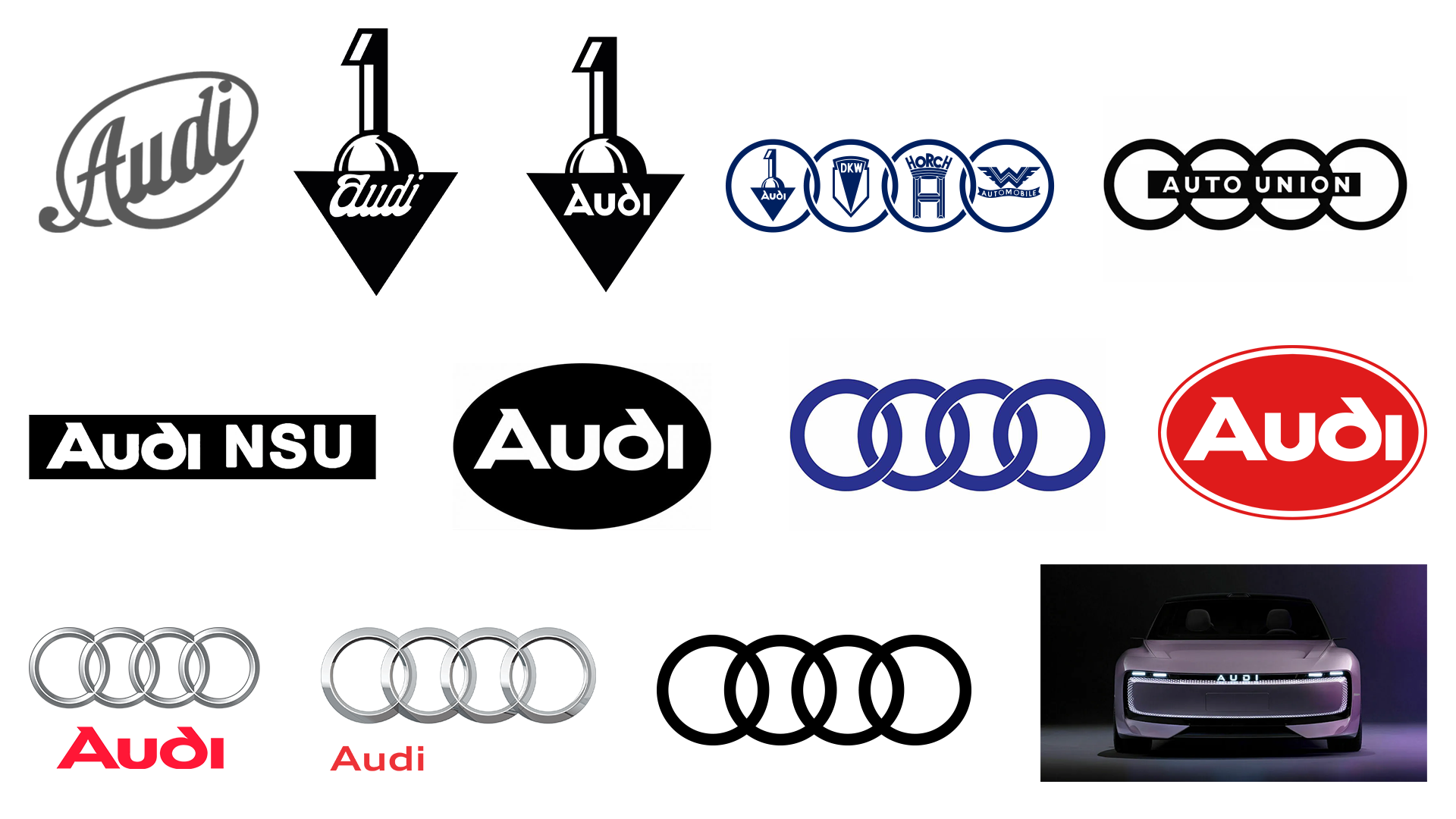6 lessons in branding from reality TV
From Love is Blind to Ramsay's Kitchen Nightmares, what can we learn from the way reality TV uses music?

Reality television has long captivated audiences, not just with its drama and larger-than-life personalities, but with its strategic use of music. Music isn’t the garnish on the plate, it’s the secret sauce. It drives the emotional highs, underpins the gut-wrenching lows, and keeps viewers glued to their screens, episode after episode. From its humble beginnings to its current streaming dominance, reality TV has turned soundscapes into weapons of mass engagement.
Take Netflix’s current stable of reality shows as a prime example. These productions use music like a master chef uses seasoning – to amplify every emotional beat. Music isn’t a sidekick; it’s the hero of the story.
For marketers, this presents a golden opportunity. Reality TV’s masterful use of music offers a cheat code for creating campaigns that stick. It's not just about a small bit of sonic branding either. The trick? Stop thinking about music as a mere brand asset and start treating it as an emotional bridge. Find that sweet spot, and you’ll turn casual consumers into lifelong fans.
Brands using music well
Some brands have been highly successful at making these connections through music. Marketers who get it can create campaigns with staying power. For example, Coke’s Holidays Are Coming (The classic! Not the recent weird AI one) delivers nostalgia in a bottle. That iconic jingle doesn’t just sell soda; it sells Christmas.
Nike’s Nothing Beats a Londoner ad uses a high-energy soundtrack that captures the grit, pride, and swagger of London, while the He Gets Us campaign from the past two Super Bowls feature raw, emotional storytelling paired with hauntingly simple music that hits you right in the feels.
But back to reality TV... what can we learn from the genre that garners so many viewers around the world?
6 ways music connects with audiences
Marketers often approach music with the same mindset they bring to logo design: “Let’s pick something cool and on-brand.” But here’s the thing: cool doesn’t cut it. Reality TV shows us that music isn’t about what’s trendy – it’s about creating a visceral, emotional journey.
Get the Creative Bloq Newsletter
Daily design news, reviews, how-tos and more, as picked by the editors.
Creating an emotional connection with customers can reap huge dividends, according to research from Harvard Business Review. Customers that are fully connected to the brands they use are 52% more valuable than those who are just highly satisfied with those brands.
So how do reality shows do it? They focus on six key ways music makes connections with audiences:
01. Creating atmosphere
Reality shows know that music sets the vibe. From the sultry, aspirational sounds of Selling Sunset to the tense, almost operatic scores of Hell’s Kitchen, music creates the world these shows inhabit.
Take an early episode of Kitchen Nightmares, where Gordon Ramsay walks into a struggling restaurant for the first time. The music is deliberately somber, mirroring the despair of the owners as they recount their woes. Subtle piano notes and melancholic strings create empathy, drawing viewers into their plight.
As the episode progresses, the music shifts genres to match the story’s evolution: tense staccato beats during confrontations in the kitchen, suspenseful crescendos as Gordon inspects the food, and finally, light, uplifting tracks when Ramsay saves the day. These musical transitions don’t just accompany the action – they guide the audience’s emotions, turning each moment into a high-stakes drama.
02. Having impact
Music doesn’t just accompany the drama – it amplifies it. Think of Survivor's tribal council scenes. The swelling tension, the building beats, the final crescendo as the vote is revealed. Without the music, it’s just a group of tired people in the jungle. With it? Pure edge-of-your-seat drama.
03. Manipulating emotions
Let’s not sugarcoat it: reality TV uses music to hijack your emotions – and it’s disturbingly effective. Love is Blind wields its score like a psychological scalpel. The music slips in, unnoticed at first, cutting into the awkward silences and turning even the smallest moments into grand spectacles of emotional theatre.
A single piano note can twist an exchange from hopeful to heartbreaking, while swelling strings transform mundane chatter into declarations of destiny. The result? Viewers are swept away, helplessly entangled in the narrative, even as they recognise the artificiality.
04. Communicating culture
Music isn’t just a backdrop – it’s a storyteller in its own right. Reality shows often leverage cultural references, musical styles, and lyrical themes to add depth and nuance to their narratives. From the aspirational pop hits that drive Selling Sunset’s glamorous montages to the earthy, tribal beats of Survivor, the music resonates because it connects with the audience’s cultural and emotional touchpoints.
Your music strategy should do more than fill silence – it should speak volumes about your identity and values
It adds layers to the story, grounding the drama in a world that feels relatable yet aspirational. For brands, this is a critical lesson: your music strategy should do more than fill silence – it should speak volumes about your identity and values.
05. Making memories
Sound has the unique ability to create sticky memory structures in ways that other senses can’t. It’s why you can remember the theme song to shows from your childhood, even if you can’t recall the narrative of the show itself. Great storytellers use original compositions or themes at pivotal moments to cement these memories.
These aren’t just cues; they’re bookmarks, ensuring the moment lingers in the audience’s mind long after the credits roll. For brands, leveraging sound in this way isn’t just smart – it’s essential for creating lasting emotional connections.
06. Creating consistency
Consistency in music is one of the unsung heroes of audience loyalty. Reality TV shows thrive on their repeated formats – audiences know exactly when to expect those emotional highs and lows, often brought to life by the music. It’s comforting, familiar, and keeps people coming back for more.
Music and sonic branding are powerful tools that can transcend campaigns and weave into the cultural fabric
The same principle applies to successful franchises like Star Wars or Marvel, where iconic musical themes provide a throughline of familiarity amidst evolving stories. Brands like McDonald’s also understand this deeply; their jingles and sonic cues are so consistent that they become ingrained in cultural memory. This reliability doesn’t just build recognition – it creates trust and deepens emotional bonds over time.
The bottom line
If you want your brand to endure, start thinking like a showrunner. Music and sonic branding aren’t just accessories – they’re powerful tools that can transcend campaigns and weave into the cultural fabric.
If Love is Blind can make us feel the weight of a first glance and Kitchen Nightmares can evoke sympathy over a soggy risotto, imagine the emotional connections your brand could forge. The takeaway? Stop sidelining music. Done right, it’s not just memorable – it’s unforgettable, creating lasting resonance that keeps your brand alive in the hearts and minds of consumers.

Thank you for reading 5 articles this month* Join now for unlimited access
Enjoy your first month for just £1 / $1 / €1
*Read 5 free articles per month without a subscription

Join now for unlimited access
Try first month for just £1 / $1 / €1

Roger Sho Gehrmann is a pioneer in audio creative and sonic branding, currently serving as the VP of Integrated Partnerships at MassiveMusic / Songtradr. With a career that spans advertising agencies, music streaming, and social content platforms, Roger has become a thought leader in how brands connect with audiences through sound.
In 2019, he co-founded Studio Resonate, an award-winning audio creative studio that became the creative powerhouse for the Pandora / SiriusXM / SoundCloud group.



